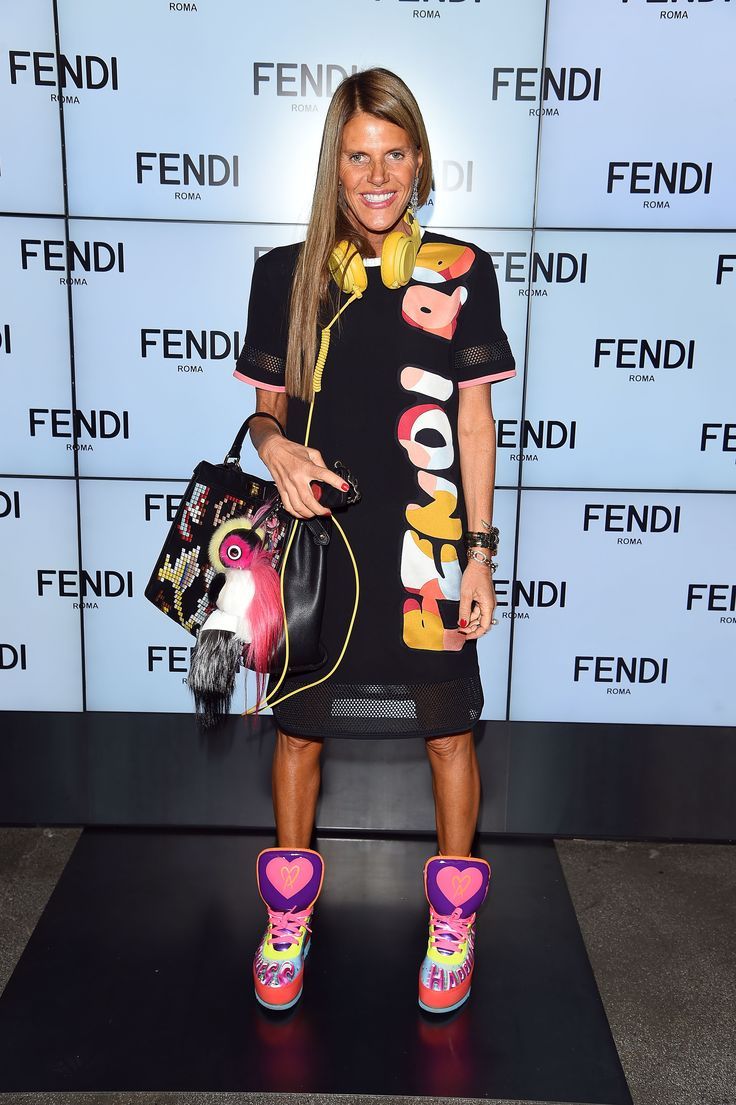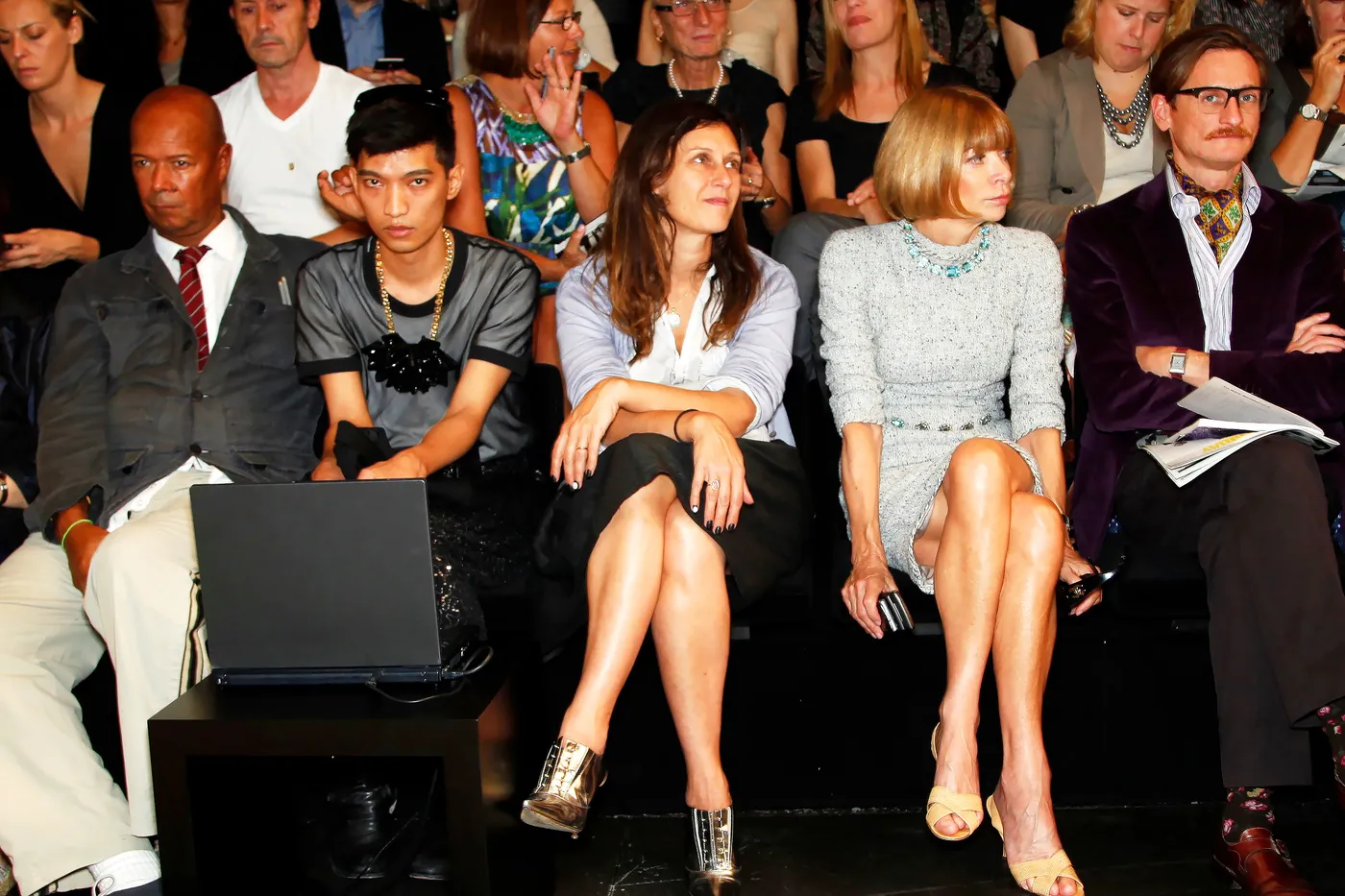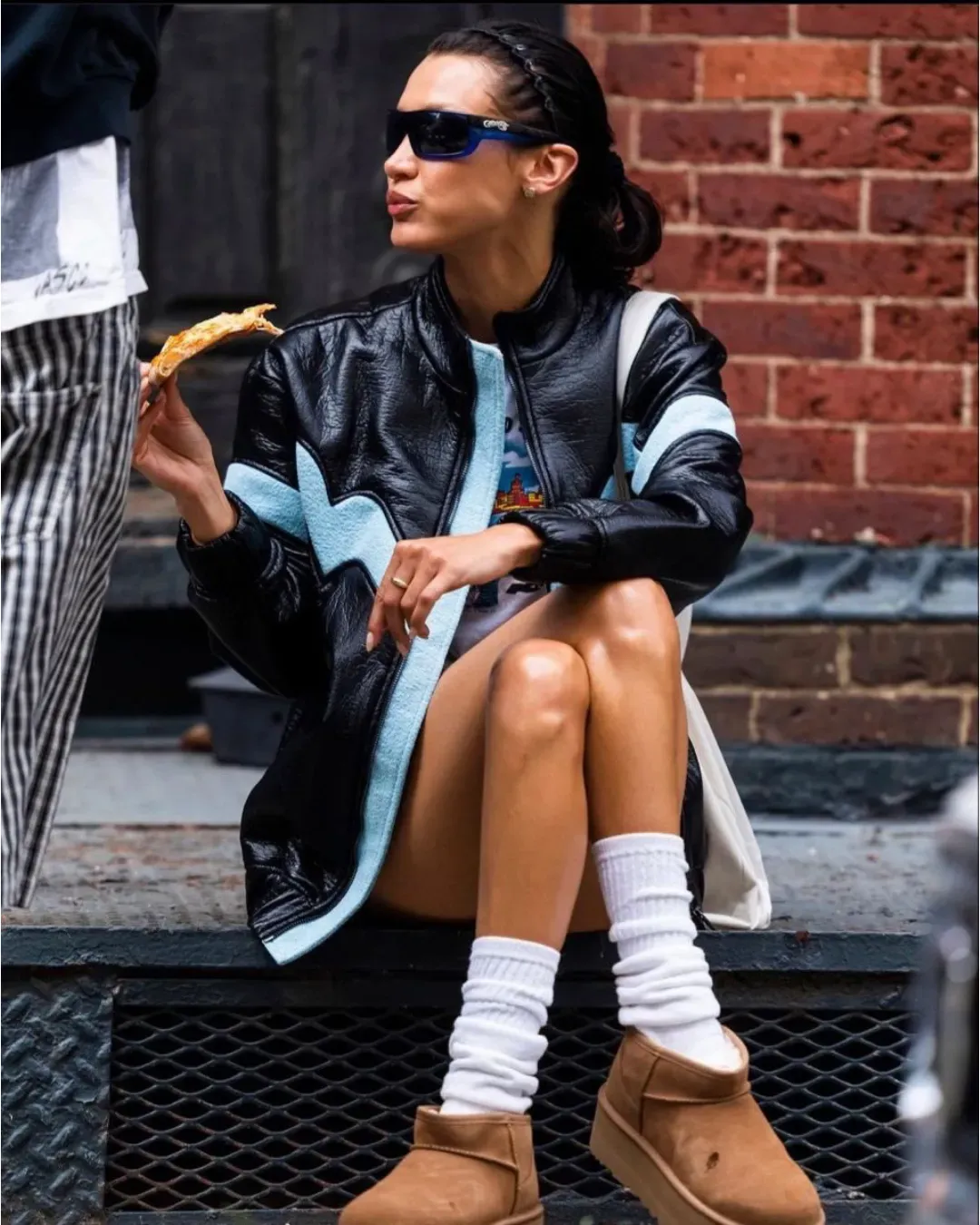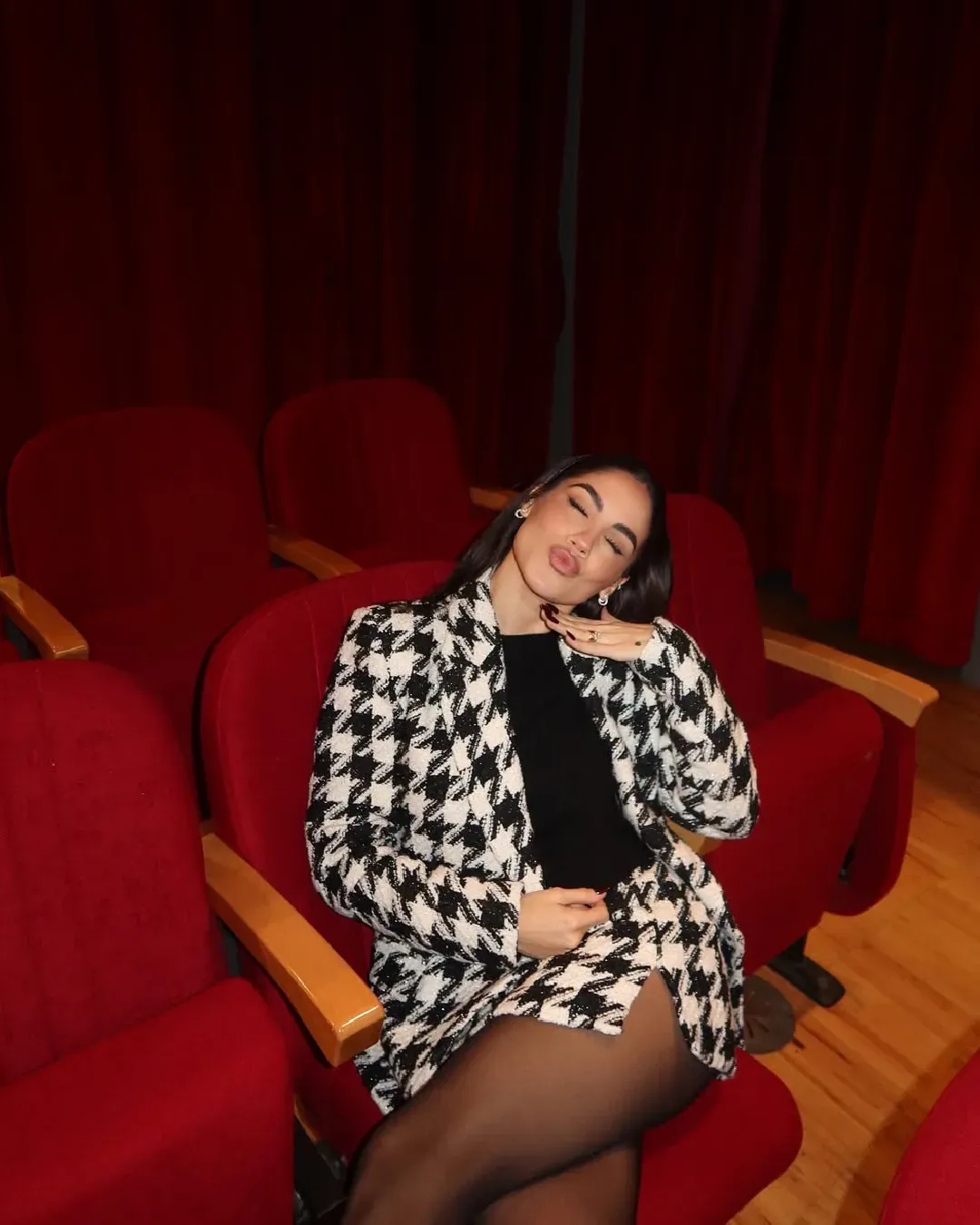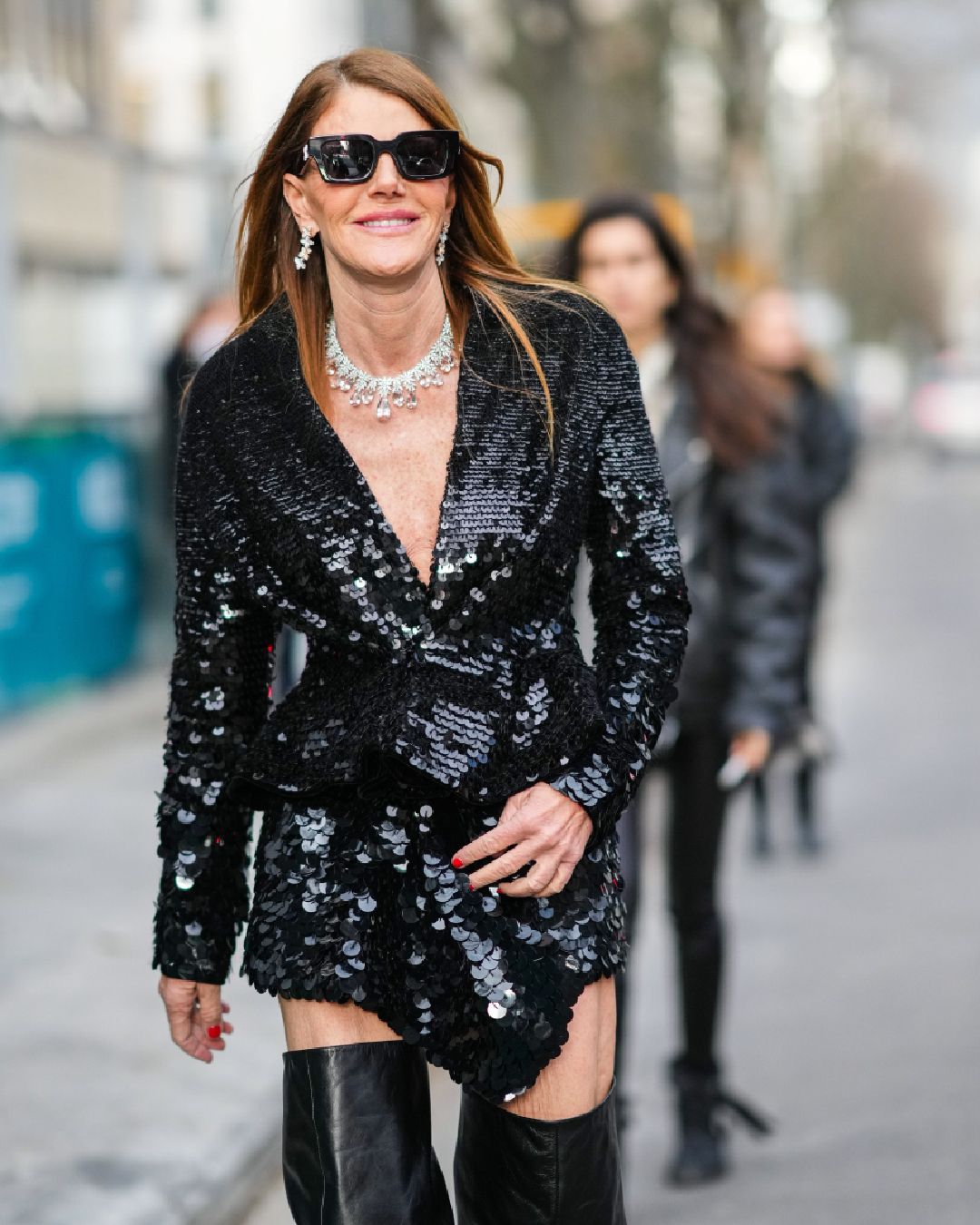
In the fight between tax authorities and influencers, duty-free gifts win out It's not the end yet
Socialite BryanBoy remembers well the first time a brand invited him and his fellow influencers to a fashion show: in an interview with The Cut, he recounts that in 2009, back when they still used to be called bloggers, at Dolce&Gabbana they were seated in the front row in front of a computer, but no one spoke to them. From then on, the realm of influencers experienced an expansion worthy of a Roman emperor, a disruptive rise to power that allowed not only them to live the dream, but also luxury conglomerates to revive brands from the crisis (Tod's growth in the stock market after Chiara Ferragni's entry into the scene is still remembered as an exceptional case). Recalling the rise to power of influencers in the fashion industry, it is easy to understand why news of their failures causes such a stir: so great was the audacity with which they inserted themselves into the pop narrative, between a cover, a selfie on Instagram's feed, and an appearance on prime-time television, as much as the speed with which their audience turned against them the instant their foundations showed signs of weakness. If during the early days of their dominion there was talk of haters, now that the stakes and accompanying slip-ups are greater, it becomes easy to leave messages of hate in the comment section. «The fall of influencers is automatic,» commented Dolce&Gabbana designers before their last men's fashion show on January 13. «It won't be the fall of the gods, but it comes close.» Is it possible that, after anticipating the success of influencers in 2009, the Italian duo can also predict their imminent decline?
ferragni.jpeg
After the case of Chiara Ferragni and Pandoro in January, the second Italian influencer to come under public criticism seems to be Anna Dello Russo, the fashion editor and digital creator who won a legal battle with the Revenue Agency regarding the deductibility of clothing, jewellery, and accessories found in her wardrobe: the expenses incurred, the jury president declared, are partially functional to her work activity. Like any affair concerning the lives of digital entrepreneurs, whose pockets and linings social media seems to always know about, the news has completely divided public opinion: some, on one hand, agree with the judge's ruling because indeed «the clothes make the man» and therefore those clothes are necessary for Dello Russo, while others observe that, in the world of online content, everything is appearance. «Since when do influencers pay for the designers' clothes to wear them to their shows or events?» Only a few years, actually: while in the early days influencers had to settle for finding something among the leftovers of a sample sale, now they are lent the most coveted looks from the latest collection. As in all Italian affairs involving taxes and individual pocketbooks, users point fingers at the Government, and while they bring up corruption in politics and illegal activities - the famous "real problems Italy should deal with instead" that invariably surface in public discourse when semi-frivolous topics like accessories are discussed — a far more pertinent question to the theme arises: why wasn't this addressed earlier? Before a poorly handled charity event came to light, before an excessively high bill at the Revenue Agency became a nuisance? The first draft of State regulations on influencers was published in January of this year, 15 years after the first appearance of a content creator at Fashion Week.
Until recently, the profession of influencer was regulated according to copyright and commercial communication laws, without any specific limits to the profession. Born online, regulated online: the only real boss influencers had to obey was their audience, who had the power to list their nickname on the blacklist of "cancelled" with the force of a click. The AGCOM, the communications authority, has not yet made public the new guidelines that influencers will have to follow, but we know that they will only involve creators with a total number of 1 million followers and who generate reactions on at least 2% of their content. The rules include the obligation of transparency in advertising, protection of minors, corporate transparency, and removal of content upon request. To these is added the design of a "technical table", that is, the formation of a commission of experts who will draw up a code of conduct for digital entrepreneurs. Obviously, the news of the new guidelines for influencers coming out three days after the outbreak of the Ferragni-Balocco uproar is purely coincidental, confirmed by the president of the AGCOM Giacomo Lasorella: the project had been in the works for at least a year. Just like when you read a sign "do not lean out" on the edge of a balcony, you wonder who was the last to lean too far. In this case, the fall happened in public and with thousands of people filming.











































